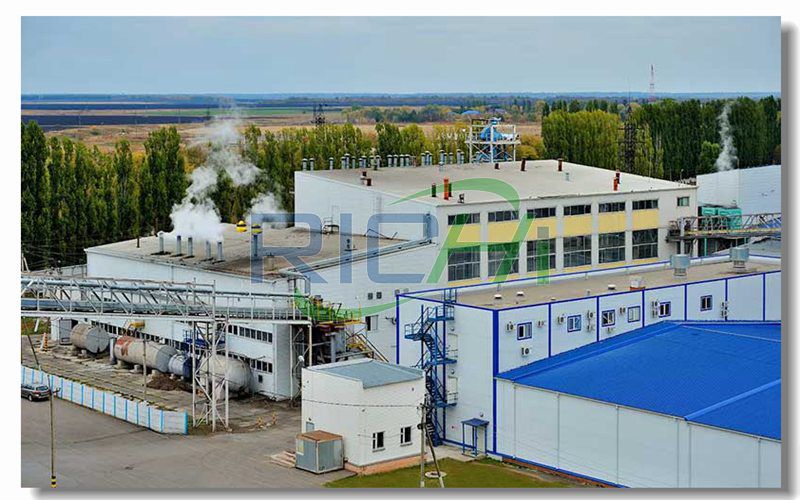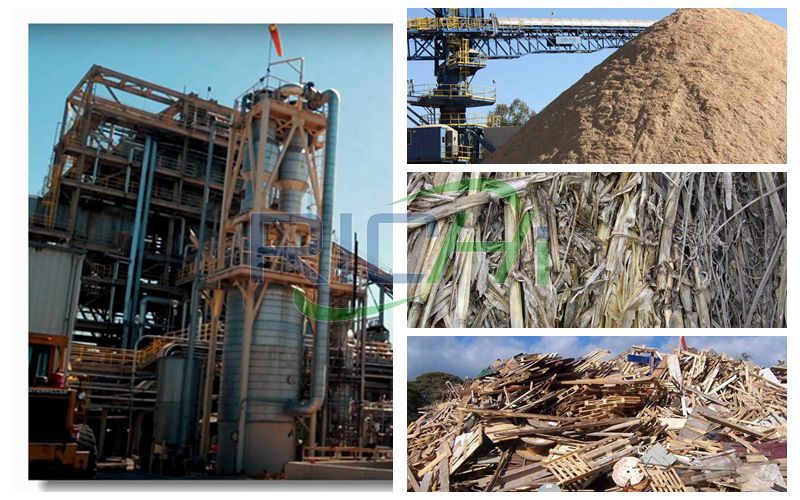
Hotline:+86 18574103366
| |Richi Production Line: 1-2 T/H Feed Pellet Production Line 5-7 T/H Feed Pellet Production Line 8-12 T/H Feed Pellet Production Line 20-30 T/H Feed Pellet Production Line 5 T/H Aquatic Fish Feed Pellet Production Line 2.5-5 T/H Aquatic Fish Feed Pellet Production Line 1.8-2 T/H Aquatic Fish Feed Pellet Production Line 1-1.5 T/H Aquatic Fish Feed Pellet Production Line 0.5 T/H Aquatic Feed Pellet Production Line 60-72 T/H Feed Pellet Production Line 50-60 T/H Feed Pellet Production Line 40-50 T/H Feed Pellet Production Line 35-40 T/H Feed Pellet Production Line 30-35 T/H Feed Pellet Production Line 16-24 T/H Feed Pellet Production Line 13-18 T/H Feed Pellet Production Line 3-4 T/H Feed Pellet Production Line
We Provide 1-100 TPH Good Stability 13-18 T/H Feed Pellet Production Line Turnkey Project That Will Produce Pellets With the World Standard Technologies!
KINDLY REMINDER: If you are interested in our products, Please get in contact with us
Richi machinery big capacity good stability 13-18 t/h feed pellet production line is suitable for processing various animal feeds, such as poultry feed, ruminant feed, aquatic feed, livestock feed and pet food. It is also suitable for processing various pre-mixed feeds such as pig premix feed, chicken premix feed, duck premix feed, cattle premix feed, additive premix. 13-18 tph animal feed production line available raw materials including corn, sorghum, barley, wheat, white rice, rice bran, rice, meal, soybean meal, bran, oats, cassava meal, vegetable meal, bran bran, cake meal, green feed, block with feed, fish meal, calcium phosphate, stone powder, salt, vitamins, minerals,etc.
Raw material of feed pellets include animal protein and plant protein. Animal protein is from fish meal, shrimp meal, crab meal, bone meal, amino acid, fusel meal, sleeve-fish meal and so on. Plant protein comes from soybeans, soybean meal, alfalfa, wheat bran, grass, rice, beans, sweet sorghum, oil cake, etc. You can add other ingredient according to requirements and eating habits of animals.
(1) Raw material receiving and cleaning section: the raw materials that do not need to be crushed are input from the auxiliary feed port, and the debris and bulk materials are removed through the fence, and then transported through the conveyor and elevator to the primary cleaning screen to remove the ropes and larger pieces. The raw materials enter the magnetic separator to remove the metal debris, and then enter the batching warehouse, waiting for the batching, and the dust generated by the feeding enters the bag dust removal system for negative pressure dust removal. The raw materials that need to be crushed pass through the fence to remove the debris, and are sent to the primary cleaning screen by the hoist to remove the ropes, labels and other debris, and then the iron impurities are removed by the permanent magnet cylinder and then enter the warehouse to be crushed.
(2) Crushing section: the raw materials after magnetic separation enter the crusher, and the screens are selected according to the requirements of different product crushing fineness. The material first enters the feeding auger, and the feeding speed of the feeding auger is controlled by the inverter. The material passes through the feeding auger and enters the crusher for high-speed crushing. This process will generate a lot of heat and dust. This process uses a pulse dust removal system and adopts the negative pressure generated by a high-speed fan to make the crushed materials quickly pass through the screen of the crusher, which solves the heat and dust problems generated by crushing. The crushed materials pass through conveyors and elevators to the warehouse for ingredients.
(3) Batching and mixing section: The crushed materials and the raw materials that do not need to be crushed are sent to the batching process together. The batching adopts the automatic control system to carry out precision batching according to two proportions, and the liquid adding system adds soybean oil to the batching. The prepared material enters the granulating section through the conveyor and elevator.
(4) Granulation section: The materials from the mixing section are heated to 85°C by high-temperature steam for gelatinization, and then enter the granulator for granulation. The prepared teaching trough material particles enter the countercurrent cooling tower for exhaust air cooling, and the cooled particles enter the conveyor and elevator to the finished product warehouse.
(5) Finished product packing section: an electronic packing scale is installed under the finished product warehouse, and the packing scale will automatically quantify the packaging according to the adjusted and set amount, and then the bag mouth will be sewn by the sewing machine and automatically transported to the stacker to complete the processing process.
Richi Machinery big capacity good stability 13-18 t/h feed mill plant production line is widely applied to medium scale and large feed pellet production line of animal feed pellets. It can produce 13-18 t/h pellet feed per hour. The manufactured pellet feed is suitable for raising cow, cattle, sheep, chicken, duck, camels, alpacas, horse, pig, rabbit, goose, bird, fish, shrimp, crab, cat, dog and other animal feed processing and production.

Turnkey Project of 4.5 Tons per hour Straw, Sawdust, Bamboo Chips and Biomass Pellet Production Line
Turnkey Project of 4.5 Tons per hour Straw, Sawdust, Bamboo Chips and Biomass Pellet Production Line. This project is not a simple biomass pellet production line, but a pellet production line that produces 4 different raw materials. The raw materials are

How to Use Furniture Factory Sawdust, Shavings, Wood Chips, Bamboo Shavings and Waste Crops to Make Biomass Pellet Fuel?
How to Use Furniture Factory Sawdust, Shavings, Wood Chips, Bamboo Shavings and Waste Crops to Make Biomass Pellet Fuel? We know that furniture factories generate a lot of waste every year, such as sawdust, shavings, bamboo shavings, small wood chips, sma